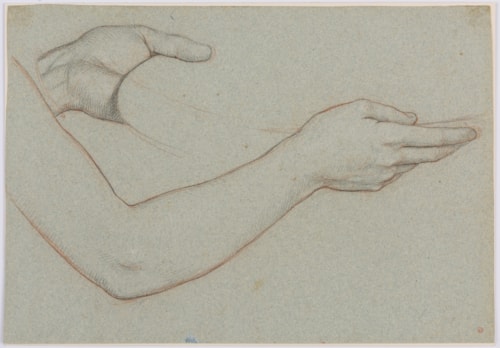
Ludwig Ferdinand SCHNORR VON CAROLSFELD
Königsberg 1788 - Vienna 1853
Biography
The German Romantic painter and printmaker Ludwig Ferdinand Schnorr von Carolsfeld was born into to an accomplished family of artists. His father and first teacher, Veit Hans Friedrich Schnorr von Carolsfeld, was a professor and director of the Academy in Leipzig, while his younger brother was the Nazarene painter Julius Schnorr von Carolsfeld. At the age of sixteen, Ludwig moved to Vienna and began his studies at the Akademie der bildenden Künste under Friedrich Heinrich Füger. It was at the Vienna Academy that Schnorr became associated with his fellow student Johann Friedrich Overbeck, who was searching for a style beyond the institution’s strict classicism. Overbeck became a founder of the Nazarene movement, and was eventually expelled from the Academy. Schnorr, however, remained enrolled in the Academy and worked in Vienna for the rest of his career, unlike his brother Julius, who followed Overbeck to Rome in 1815. Ludwig’s first and most influential patron was Duke Albert of Saxe-Teschen, one of the greatest collectors of prints and drawings and the founder of the Albertina Museum. He also earned the support of Archduke Johann of Austria, for whose country home of Brandhof he painted several works. In 1821 Schnorr converted to Roman Catholicism, under the influence of the poet Friedrich Schlegel, and at the same time took on the young Moritz von Schwind as a pupil. The patronage of the Archduke Johann ultimately led to Schnorr’s acceptance into the Vienna Akademie in 1835, as well as his appointment in 1843 as the curator of the Imperial Gallery of the Belvedere Palace in Vienna, which today holds a large collection of the artist’s works.


